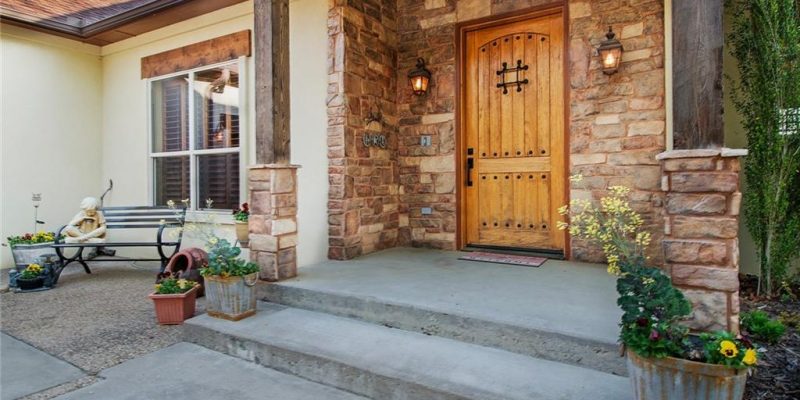Originally appeared on DW Slater Company Appraisal Blog
Your house has a lower level that is into the hill and is mostly underground. There are two bedrooms and a bathroom which are about 1,200 sq ft of living area. You had your house appraised and you find out that this 1,200 sq ft lower level was not included in the gla (gross living area) of the house. Your real estate agent included this in the gla and it was listed as a 3,200 sq ft home but the appraisal only shows it as a 2,000 sq ft home. What? Why wasn’t this included?
Here are a few things to understand about gross living area (gla), what counts and why:
Appraiser Guidelines
Appraisers follow the guidelines and standards for measuring and reporting a properties GLA and appraisers must comply with the standards. Areas below grade are separated in appraisals per industry standards. Here are some of the guidelines in relation to areas below the grade for many types of appraisals:
FHA Guidelines: (HUD Handbook 4000.1)
When any part of a finished level is below grade, the Appraiser must report all of that level as below-grade finished area, and report that space on a different line in the appraisal report, unless the market considers it to be Partially Below-Grade Habitable Space.
Fannie Mae Selling Guide: (March 2017)
Only finished above-grade areas can be used in calculating and reporting of above-grade room count and square footage for the gross living area. Fannie Mae considers a level to be below-grade if any portion of it is below-grade, regardless of the quality of its finish or the window area of any room. Therefore, a walk-out basement with finished rooms would not be included in the above-grade room count. Rooms that are not included in the above-grade room count may add
substantially to the value of a property, particularly when the quality of the finish is high. For that reason, the appraiser should report the basement or other partially below-grade areas separately and make appropriate adjustments for them on the Basement & Finished Rooms Below-Grade line in the Sales Comparison Approach adjustment grid.
ANSI ( American National Standards Institute)
For detached single-family houses, the finished square footage of each level is the sum of finished areas on that level measured at floor level to the exterior finished surface of the outside walls.
How Below Grade is Counted
It is important to know that areas which are below the grade are given value but they are not included in the main GLA (Above Grade) on an appraisal report. You can see here there is living area that is below the grade and it is placed directly under the GLA section in the appraisal report as “Basement & Finished” area.
In this example, there is 1,220 sq ft of finished area below the grade with one bedroom and one bathroom. Value will still be given to this below grade area but on a second line and will be compared with other properties with similar below the grade areas.
Problems can occur when a property is listed with the below-grade area included in the above grade area and then compared with properties with only above grade area of the same size. For example, if the property above was listed as 3,643 sq ft and only compared to properties with 3,500 – 3,700 sq ft of above grade living area. This would be inaccurate. The property should be listed as 2,417 sq ft and noted that it has 1,229 sq ft of below-grade living area. The property should be compared to similar properties of similar above grade and below grade size.
This same principle is applied to the living area of an accessory unit, a guest house or apartment which is separate from the main living area. We have seen the living area of guest houses or apartments included in the main GLA of a property in a listing and it causes issues in the accuracy of the data.
Takeaway
Appraisers are considering and giving value to the area below grade but are adhering to standards within the industry which are to separate the areas and compare above grade to above grade and below grade to below grade.
Please do not include below-grade living area or accessory units, guest houses or apartments to the main GLA when listing a property so as to have the data accurate. The below-grade area, guest house or accessory unit should be listed on the listing just not as a part of the GLA.
Related Posts:
Does a Swimming Pool Increase the Value of your Home?
Houston Market Analysis – Bellaires Recovery Since Harvey
Can a detached structure be included in the square footage of a home?
Why do appraisers take pictures of my home?
Things to Look for When Moving to a New Area



